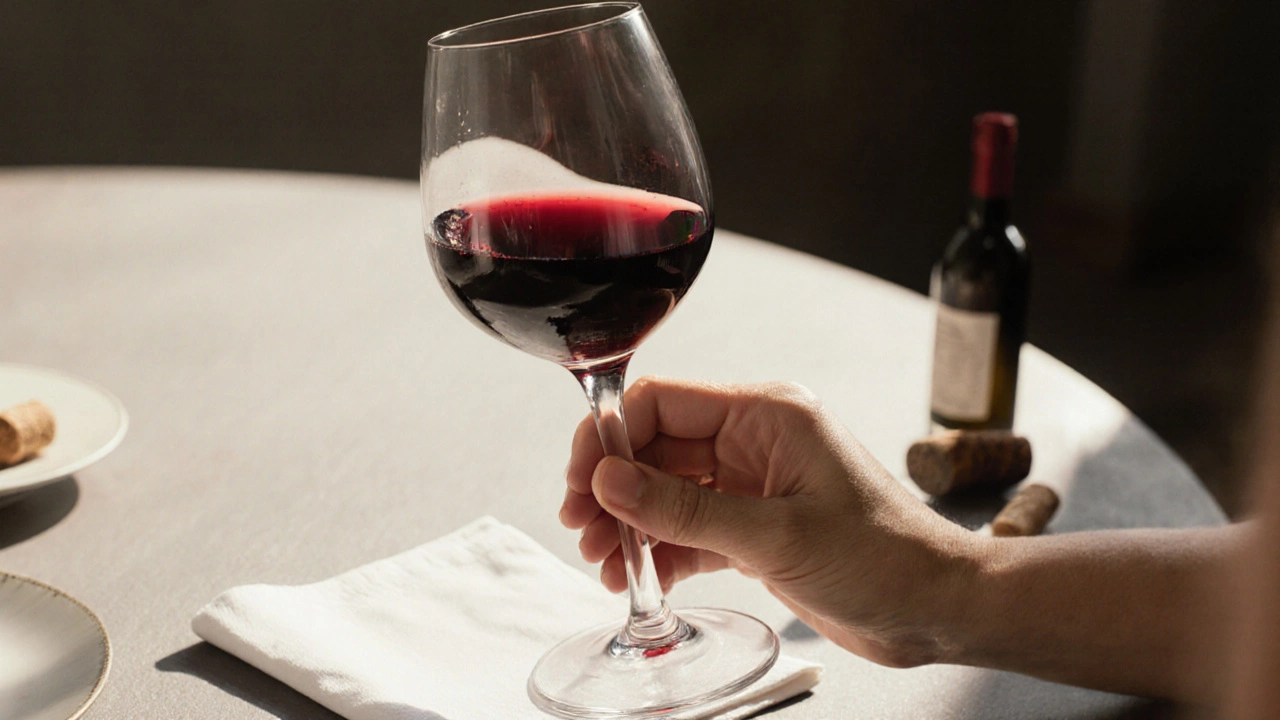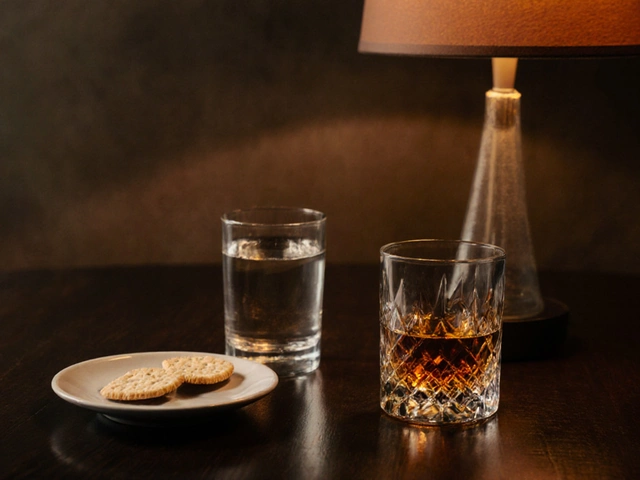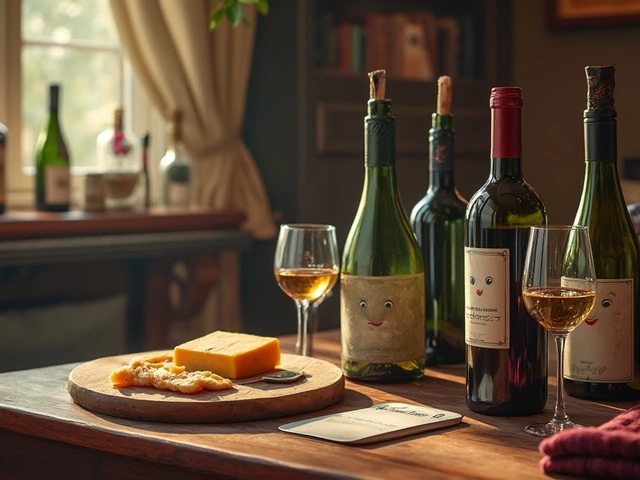How to Taste Wine: A Simple Step‑by‑Step Guide
If you’ve ever felt lost at a wine tasting, you’re not alone. The process can seem fancy, but it’s really just a handful of moves that help you notice what’s in the glass. Below we walk through each step, share quick tips, and explain why each part matters. No jargon, no pretension – just plain advice you can use right away.
The Basics of Tasting
First, pick a clear glass with a thin rim. A tulip shape works best because it concentrates aromas while letting you sip comfortably. Hold the glass by the stem so your hand doesn’t warm the wine. This small detail keeps the temperature steady and the flavors intact.
Look at the wine. Tilt the glass against a light or a white surface and notice the color. Light reds are usually fruit‑forward, while deeper hues hint at age or richer body. White wines range from pale straw to golden; the shade can tell you about the grape and how long it’s been in the barrel.
Next comes the swirl. Gently rotate the glass to release volatile compounds. You’ll see a thin mist form – that’s the wine showing its aromas. Don’t over‑do it; a few seconds are enough to coax the scents without spilling a drop.
Now sniff. Bring the glass to your nose and take a quick, gentle inhale. Try to pick out fruit, spice, or earthy notes. Take a second sniff to see if new aromas appear. Beginners often focus on “what does it smell like?” – that’s the right question. Trust your nose; you don’t need a wine‑snob’s vocabulary.
Finally, sip. Let a small amount roll across your tongue. Notice the sweetness, acidity, tannin, and alcohol. Think of it as a mini‑tour of your mouth: does it feel crisp, buttery, or a bit gritty? If the wine feels balanced, you’ve got a good one. If something feels off, that’s a clue about its style or age.
Putting It All Together
Combine your observations. A bright red with red‑berry aromas, firm tannins, and a long finish probably comes from a cooler climate. A golden white with honey notes, low acidity, and a smooth finish likely spent time in oak. Use these clues to guess the grape, region, and even the price range.
Pairing is easier when you know the basics. High‑acid whites match citrusy dishes; full‑bodied reds go well with red meat or rich sauces. If you’re unsure, start with a simple cheese plate – the contrast will highlight the wine’s character.
Practice makes perfect. Try tasting the same wine a few times, each time focusing on a different sense. One round you might focus on aroma, the next on texture. Over time you’ll notice patterns and feel more confident ordering or recommending wines.
Remember, there’s no right or wrong answer. Tasting is personal, and the goal is to enjoy what you drink. Use these steps as a loose guide, not a rulebook, and let your palate lead the way.
Learn the step-by-step process of wine tasting-from looking and swirling to smelling, tasting, and evaluating the finish. A practical guide for beginners and enthusiasts to taste wine like a pro without needing expensive gear.
View DetailsCurious about how to taste wine like the pros? This article breaks down the classic five steps of wine tasting into easy, clear instructions that anyone can follow. From looking and swirling to sniffing and sipping, each step is packed with practical advice and tips. Learn why each part of the process matters and how even small details—like the glass you use—can change your wine experience. Perfect for beginners or anyone who wants a quick, reliable guide to getting more enjoyment from every glass.
View Details


